#pacific north
Explore tagged Tumblr posts
Text

Lynn Canyon, BC
#forest#pacific northwest#pacific north#sun rays#ethereal#magic#my own#quiet#spiritualhealing#spiritualism#altered consciousness#spiritual journey#spirituality#presence#inner wisdom#british columbia#vancouver#Lynn canyon
5 notes
·
View notes
Text


mt shuksan, north cascades, washington
#north cascades#washington#pacific northwest#pnw#landscape photography#nature photography#film photography#35mm#filmisnotdead#mountains#lake#autumn#fall#naturecore#lensblr#original photographers#photographers on tumblr#diary
5K notes
·
View notes
Text


Sahale Arm, North Cascades National Park by Brian Haagen
#mountains#flowers#nature#photography#pacific northwest#spring#meadow#north cascades#pnw#hiking#curators on tumblr#uploads#outdoors#landscape
4K notes
·
View notes
Text
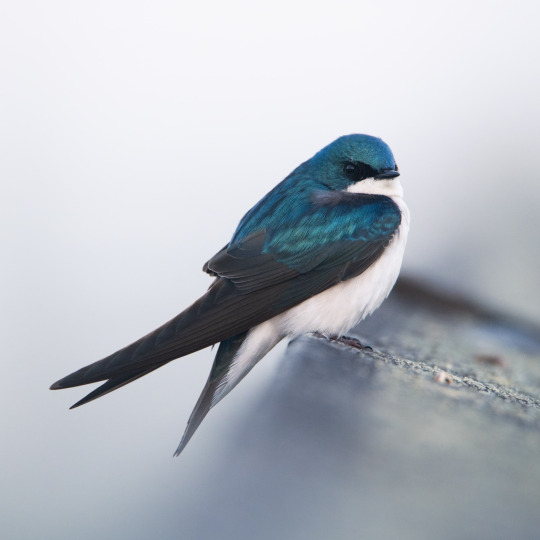
Tree Swallow
#artists on tumblr#original photographers#original photography#pacific northwest#nature#washington#pnw#nikon#orofeaiel#birb#birding#tree swallow#feathered friends#turquoise#green#colorful#bird photography#birds of north america
2K notes
·
View notes
Text
Potato-size metallic nodules strewn across the Pacific Ocean seafloor produce oxygen in complete darkness and without any help from living organisms, new research reveals. The discovery of this deep-sea oxygen, dubbed "dark oxygen," is the first time scientists have ever observed oxygen being generated without the involvement of organisms and challenges what we know about the emergence of life on Earth, researchers say.
Continue Reading.
749 notes
·
View notes
Text

Mt. Baker-Snoqualmie National Forest, Washington
North Cascades
November, 2023
#photographers on tumblr#original photographers#lensblr#imiging#luxlit#landscape#photography#Mt. Baker-Snoqualmie National Forest#Washington#North Cascades#pacific northwest
1K notes
·
View notes
Text
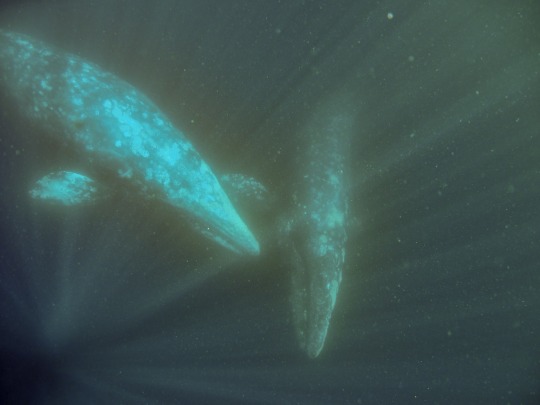
Grey whale Eschrichtius robustus
Observed by susannespider, CC BY-NC-ND
#Eschrichtius robustus#grey whale#Cetacea#Balaenopteridae#cetacean#whale#North America#Mexico#Baja California Sur#Pacific Ocean#Magdalena Bay
897 notes
·
View notes
Text

The suckers of a giant Pacific octopus (Enteroctopus dofleini) in Alaska, USA
by Robin Gwen Agarwal
#giant pacific octopus#octopi#cephalopods#enteroctopus dofleini#enteroctopus#enteroctopodidae#octopoda#cephalopoda#mollusca#wildlife: alaska#wildlife: usa#wildlife: north america
167 notes
·
View notes
Text

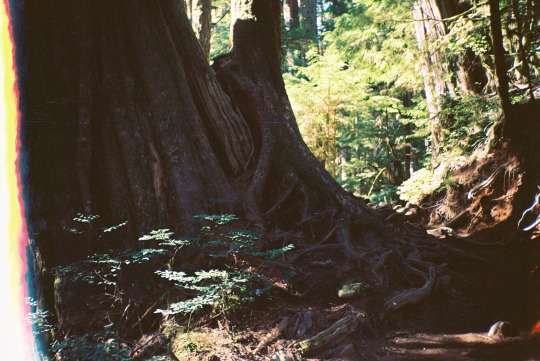
the forest is calling!
Mt. Pilchuck, Washington
#washington#mount pilchuck#analogue#35mm#film photography#mountains#old growth forest#north cascades#pacific northwest#hiking#naturecore#nature photography#point and shoot#national forest#pnwonderland#pnw aesthetic#pnw vibes#pnw photography#alpine forest#alpine flowers
341 notes
·
View notes
Text



Gorge Creek Falls & Gorge Lake
- my favorite part of the cascade loop
#pnw#washington#north cascades#original phography#hiking#waterfalls#cascade loop#cascades#pacific northwest gothic#pnw gothic#pnwcore#pnw photography
444 notes
·
View notes
Text

" North Cascades " //© Austin Pedersen
#North Cascades#Washington State#Pacific Northwest#United States#nature#landscape#Mountainscape#Forest#Trees#Lake#Peaks#Monts#Snow#Sunset#aesthetics#wanderlust#explore#follow#discover
705 notes
·
View notes
Text

I’m a simple person, I see a rock and I climb it
#la push#La push beach#olympic forest#olympic national park#aimeekb#it’s me#lesbians who hike#hiking#nature#adventure#forest#explore#travel#mountains#washington#beach#ocean#pacific northwest#PNW#north face
179 notes
·
View notes
Text

Clipperton Island, French Coral Atoll, Pacific Ocean: Clipperton Island, also known as Clipperton Atoll and previously as Clipperton's Rock, is an 8.9 km² uninhabited French coral atoll in the eastern Pacific Ocean. Wikipedia
110 notes
·
View notes
Text
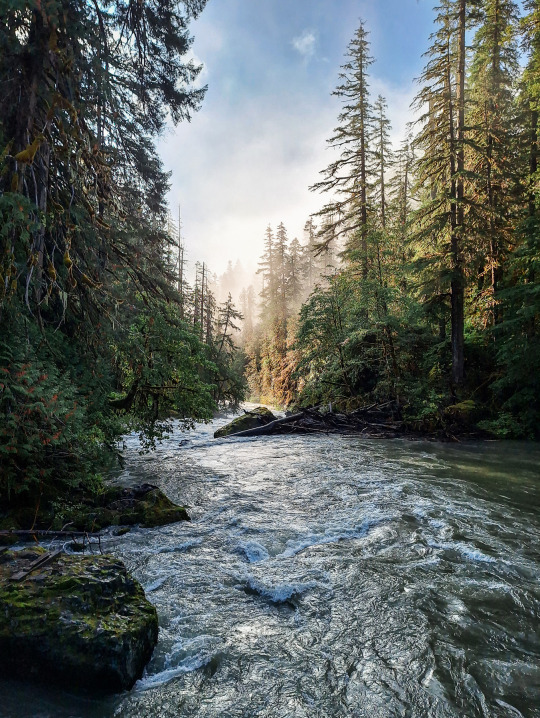
North Fork Skokomish River
#artists on tumblr#original photographers#original photography#hiking#pacific northwest#nature#washington#nikon#pnw#orofeaiel#north fork skokomish river#naturecore#landscape#forest#sunlight#mist#olympic national park#dreamy#popular posts
5K notes
·
View notes
Text
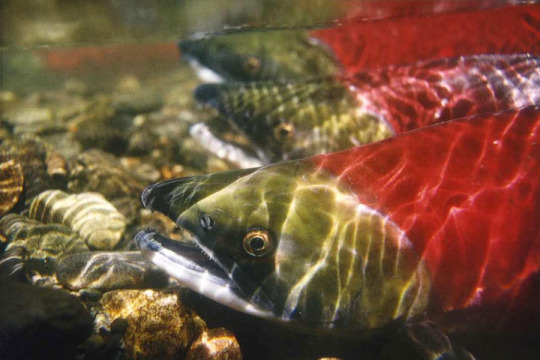


Settle In with the Sockeye Salmon
The sockeye salmon (Oncorhynchus nerka), also known as the red salmon, or the blueback salmon, is one of thirteen species of salmon endemic to the north Pacific Ocean. In their juvenile years they live in the open sea, but as fresh hatchlings and adults they can be found in freshwater rivers and streams. However, the subspecies known as the kokanee salmon are trapped in landlocked lakes and do not migrate as other sockeye salmon do. When migrating, the species can venture well inland to western North America and portions of eastern Asia, including Japan, Russia, and parts of Siberia.
Like most salmon, the sockeye is most famous for its lifecycle. It is an anadromous species, meaning that individuals migrate based on their life state. Newly hatched fry emerge from nests laid in the beds of freshwater systems, and spend their first 1-3 years before moving downstream to the ocean. There, they spend another 4-5 years in schools of up to several hundred, before they reach sexual maturity.
Beginning in July, mature adults begin the great migration back to the area in which they spawned. Once they reach their breeding grounds, males form into strict heirarchical groups and begin to court the available females. Meanwhile, each female digs a shallow nest in the riverbed and lays her eggs. Her chosen male partner-- or several-- lays a cloud of sperm over the eggs. A male may fertilize several nests before he dies; the female perishes soon after. The eggs, laid in clutches of up to 200, take approximately 40 days to hatch, at which point the cycle begins again.
As juveniles living in the ocean, red salmon are somewhat unremarkable. They have long, torpedo-shaped bodies that are generally silvery blue in color, sometimes with dark speckling. Individuals retain this coloring until well into their journy as adults, where males and females begin to significantly diverge. At their peak, adults may be anywhere from 60 to 84 cm (2 ft 0 in – 2 ft 9 in) in length and weigh from 2.3 to 7 kg (5–15 lb), with males being somewhat larger than females. Both males and females also change color; the head turns green, while the body turns bright red, although the color change is more striking in males. Finally, the shape of the male changes drastically, with the mouth becoming more hooked and the body growing a large hump.
Unlike other salmon, both adults and juvenile O. nerka feed throughout their lives. Fry and ocean-bound juveniles feed mainly on copepods and other zooplankton, while migrating adults also consume larger insects and invertebrates. Young blueback salmon are vulnerable to predation from larger fish such as lake trout, squawfish, and mountain whitefish, as well as larger invertebrates and frogs. Individuals living in the ocean are less predated upon, although they can still be caught by larger animals such as seals, sea lions, and sharks. Terminal-stage adults are large, easy targets and are consumed by a range of species; most namely bears and large birds such as gulls and eagles.
Conservation status: The IUCN considers the sockeye salmon to be of Least Concern. However, the species is listed on the United States Endangered Species Act. Populations have declined significantly throughout its range, largly due to overfishing, habitat degredation and the destruction of their breeding grounds.
Photos
NOAA Fisheries
Sergei Gorshkov
Roger Phillips
#sockeye salmon#Salmoniformes#Salmonidae#pacific salmon#salmon#salmonids#fish#freshwater fauna#freshwater fish#rivers#river fish#marine fauna#marine fish#open ocean#open ocean fish#Pacific ocean#north america#western north america#asia#east asia#north asia#animal facts#biology#zoology#ecology
65 notes
·
View notes
Text


This animal was requested!
#pacific coast#north america#cnidarian#hexacorallia#sea anemone#marine invertebrates#invertebrates#invertiblr#marine animals#marine biology#marine life#the intertidal zone
138 notes
·
View notes